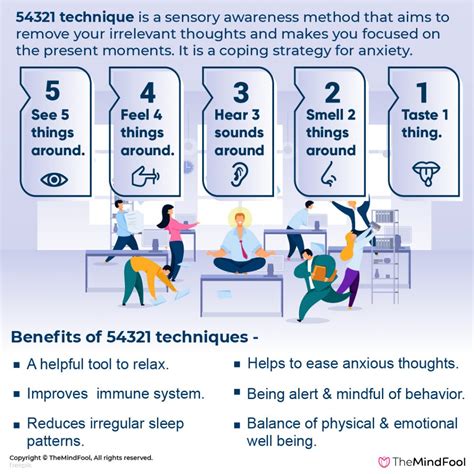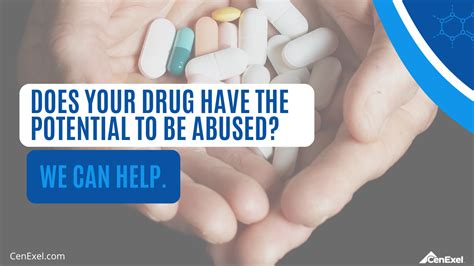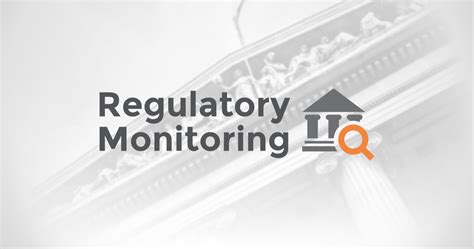Intro
Discover if Promethazine is controlled, its classification, and usage guidelines. Learn about its potential for abuse, side effects, and interactions, as well as prescription requirements and safety precautions for this medication.
Promethazine is a medication that has been widely used for various purposes, including as an antihistamine, antiemetic, and sedative. However, its classification and control status can vary depending on the country and region. In the United States, promethazine is available by prescription only and is classified as a non-narcotic medication. Despite its non-narcotic status, promethazine can have potential for abuse and dependence, particularly when used in combination with other substances.
The importance of understanding the control status of promethazine cannot be overstated, as it has significant implications for healthcare providers, patients, and regulatory agencies. The medication's potential for abuse and dependence, as well as its side effects and interactions, must be carefully considered when prescribing or using promethazine. Furthermore, the classification and control of promethazine can impact the way it is dispensed, monitored, and regulated, which can have far-reaching consequences for public health and safety.
As a medication with a long history of use, promethazine has been extensively studied, and its effects, benefits, and risks are well-documented. However, its control status and potential for abuse and dependence highlight the need for ongoing monitoring, education, and regulation. By examining the classification, benefits, and risks of promethazine, as well as its potential for abuse and dependence, healthcare providers and patients can make informed decisions about its use and work together to minimize its risks and maximize its benefits.
Classification and Control Status of Promethazine

Promethazine is classified as a non-narcotic medication in the United States, which means it is not considered a controlled substance under federal law. However, it is still a prescription-only medication, and its use is subject to regulation by state and federal agencies. The medication's classification and control status can vary depending on the country and region, with some countries classifying it as a controlled substance due to its potential for abuse and dependence.
Benefits and Risks of Promethazine
Promethazine has several benefits, including its effectiveness as an antihistamine, antiemetic, and sedative. It is commonly used to treat allergies, nausea and vomiting, and insomnia, among other conditions. However, like all medications, promethazine has potential risks and side effects, including drowsiness, dizziness, and confusion. The medication can also interact with other substances, including alcohol and other medications, which can increase its risks and side effects.Working Mechanism of Promethazine

Promethazine works by blocking the action of histamine, a chemical released by the body's immune system during an allergic reaction. It also has antiemetic and sedative effects, which can help to relieve nausea and vomiting and promote sleep. The medication's working mechanism involves binding to specific receptors in the brain and body, which can help to reduce symptoms and improve treatment outcomes.
Steps for Safe Use of Promethazine
To use promethazine safely and effectively, patients should follow these steps: * Take the medication as directed by a healthcare provider * Read and follow the label instructions carefully * Do not exceed the recommended dose or frequency * Avoid using promethazine with other substances, including alcohol and other medications * Monitor for potential side effects and interactions * Report any concerns or questions to a healthcare providerPotential for Abuse and Dependence

Promethazine has potential for abuse and dependence, particularly when used in combination with other substances. The medication's sedative and antiemetic effects can be appealing to individuals seeking to self-medicate or experience a "high." However, using promethazine in this way can lead to serious risks and side effects, including addiction, overdose, and death.
Risks and Side Effects of Promethazine Abuse
The risks and side effects of promethazine abuse can be severe and long-lasting. They may include: * Addiction and dependence * Overdose and death * Increased risk of accidents and injuries * Interactions with other substances, including alcohol and other medications * Worsening of underlying medical conditionsRegulation and Monitoring of Promethazine

The regulation and monitoring of promethazine are critical to minimizing its risks and maximizing its benefits. Healthcare providers, patients, and regulatory agencies must work together to ensure that the medication is used safely and effectively. This may involve monitoring prescription patterns, tracking adverse events, and providing education and resources to patients and healthcare providers.
Education and Resources for Patients and Healthcare Providers
Patients and healthcare providers can access a range of education and resources to support the safe and effective use of promethazine. These may include: * Medication guides and patient information leaflets * Online resources and support groups * Healthcare provider training and education programs * Regulatory agency guidelines and recommendationsConclusion and Future Directions

In conclusion, promethazine is a medication with a range of benefits and risks. Its classification and control status, working mechanism, and potential for abuse and dependence must be carefully considered when prescribing or using the medication. By working together to regulate and monitor promethazine, healthcare providers, patients, and regulatory agencies can minimize its risks and maximize its benefits. Future directions for research and education may include developing new formulations and delivery systems, improving patient education and support, and enhancing regulatory oversight and monitoring.
What is promethazine, and how does it work?
+Promethazine is a medication that works by blocking the action of histamine, a chemical released by the body's immune system during an allergic reaction. It also has antiemetic and sedative effects, which can help to relieve nausea and vomiting and promote sleep.
Is promethazine a controlled substance?
+No, promethazine is not a controlled substance under federal law in the United States. However, it is still a prescription-only medication, and its use is subject to regulation by state and federal agencies.
What are the potential risks and side effects of promethazine?
+The potential risks and side effects of promethazine include drowsiness, dizziness, and confusion, as well as interactions with other substances, including alcohol and other medications. The medication can also have potential for abuse and dependence, particularly when used in combination with other substances.
We hope this article has provided you with a comprehensive understanding of promethazine, its classification and control status, benefits, and risks. If you have any further questions or concerns, please do not hesitate to comment below or share this article with others. By working together to educate and inform, we can promote the safe and effective use of promethazine and minimize its risks.
